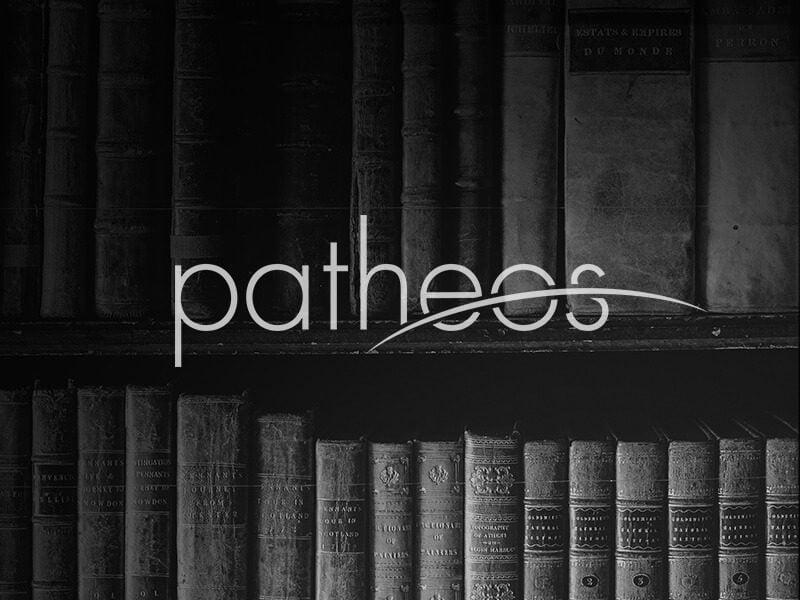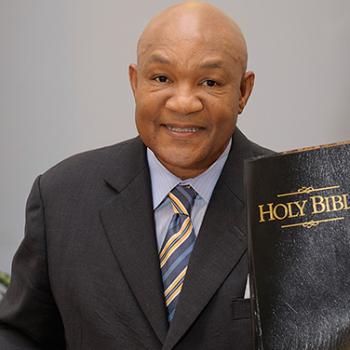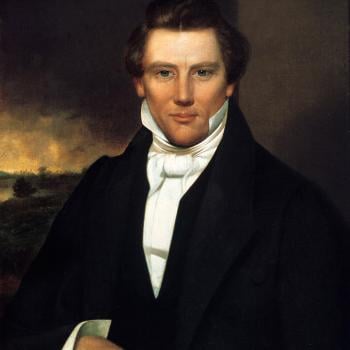Jesus said, This is My blood of the covenant, which is poured out for many for forgiveness of sins. John assures us several times in our sermon text that our sins will be cleansed and forgiven. If we walk in the light, we have fellowship with one another, and the blood of Jesus cleanses from sin. If we confess our sins, He is faithful and righteous to forgive our sins and cleanse us. If anyone sins, we have an Advocate... Read more




















